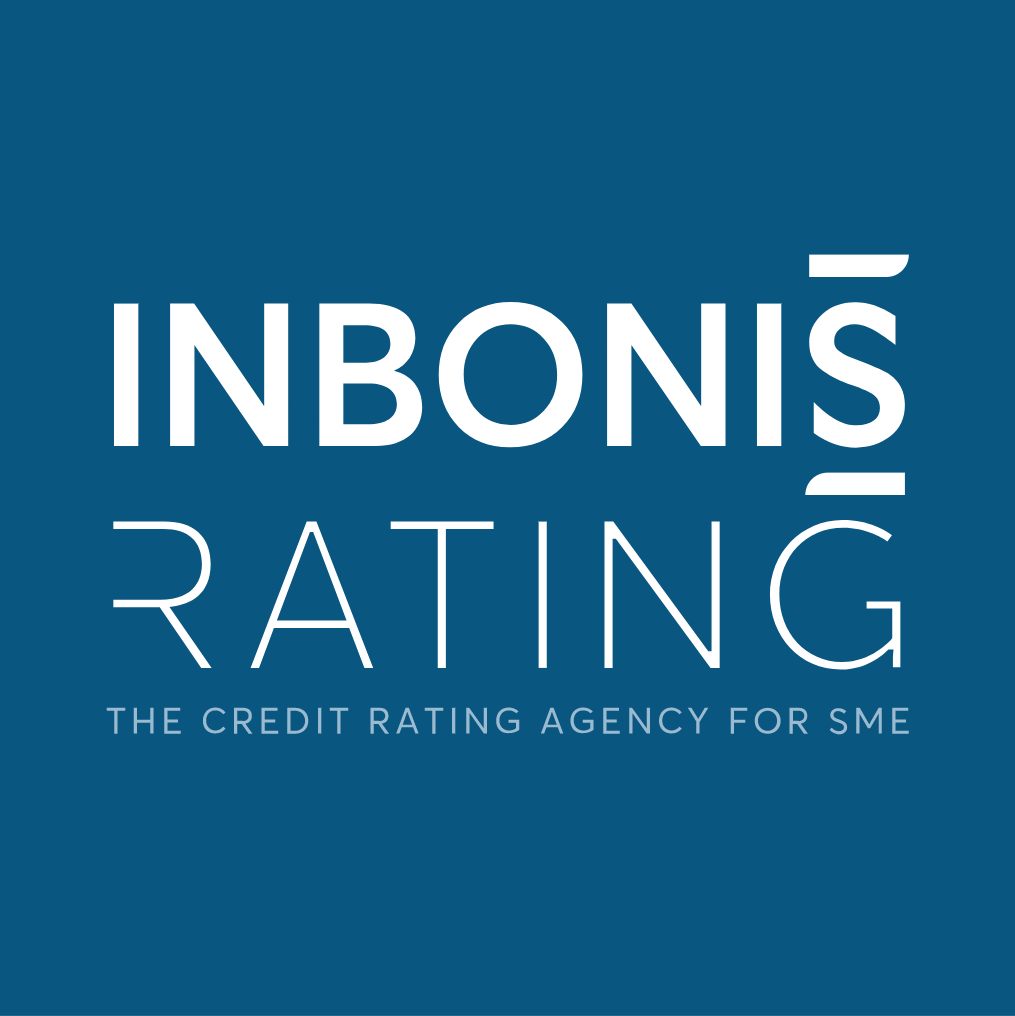Registration as a CRA
INBONISRATING is the first Credit Rating Agency with SME-specific rating methodologies registered and supervised by the European Securities and Markets Authority (ESMA).
In Europe, only ESMA-accredited rating agencies can issue ratings. The supervisor, ESMA, is the guardian of the Regulation Framework and in particular Regulation (EC) 1060/2009 of the European Parliament and of the Council of 16 September 2009 on Credit Rating Agencies.
The purpose of the regulation is to ensure the integrity, responsibility, good governance and transparency of the rating agencies in order to guarantee the quality of the ratings with the purpose of ensuring maximal investor protection.
As a registered CRA, Inbonis can issue ratings on SMEs across the European Union.
A credit rating is a quantitative and qualitative evaluation of a company that provides an indication of its ability to meet its financial obligations. It is used in capital markets as a reference when making investment or financing decisions.
List of Ratings
Rating scale
INBONISRATING uses an alphabetical system to determine the credit rating. There are 10 rating categories or notchs with AAA being the highest rating and D the minimum.
| AAA | An entity assessed 'AAA' demonstrate excellent capacity to meet its financial commitments. |
| AA | An entity assessed 'AA' has very strong capacity to meet its financial commitments. It differs from the highest-assessed entity only to a small degree. |
| A | An entity assessed 'A' has strong capacity to meet its financial commitments but is somewhat more susceptible to the adverse effects of changes in circumstances and economic conditions than entity in higher-assessed categories. |
| BBB | An entity assessed 'BBB' has adequate capacity to meet its financial commitments. However, adverse economic conditions or changing circumstances are more likely to weaken the entity's capacity to meet its financial commitments. |
| BB | An entity assessed 'BB' is less vulnerable in the near term than other lower-assessed entities. However, it faces major ongoing uncertainties and exposure to adverse business, financial, or economic conditions that could lead to the entity's inadequate capacity to meet its financial commitments. |
| B | An entity assessed 'B' is more vulnerable than the entities assessed 'BB', but the entity currently has the capacity to meet its financial commitments. Adverse business, financial, or economic conditions will likely impair the entity's capacity or willingness to meet its financial commitments. |
| CCC | An entity assessed 'CCC' is currently vulnerable and is dependent upon favorable business, financial, and economic conditions to meet its financial commitments. |
| CC | An entity assessed 'CC' is currently vulnerable to nonpayment that would result in an 'D' issuer assessment and is dependent upon favorable business, financial, and economic conditions to meet its financial commitments. |
| C | An entity assessed 'C' is currently highly vulnerable. The 'C' assessment is used when a default has not yet occurred but Inbonis expects default to be a virtual certainty, regardless of the anticipated time to default. |
| D | An entity assessed 'D' has failed to pay one or more of its financial obligations (assessed or unassessed), excluding hybrid instruments classified as regulatory capital or in nonpayment according to terms, when it came due. An entity is considered in default unless Inbonis believes that such payments will be made within any stated grace period. |
Methodology
The credit rating methodology used by INBONISRATING has been specifically designed for assessing SMEs, it is robust and complies with the European regulation.
To ensure high quality ratings, INBONISRATING has developed technological tools, agile methodologies and an advanced risk model.
Thanks to this methodology, INBONISRATING can democratize credit rating, making it accessible and profitable for both SMEs and financial agents who need to evaluate them.
Evaluated risk factors
Process for credit rating issuance
Independence
As a Credit Rating Agency, INBONISRATING is built on two pillars: objectivity and independence.
The agency has implemented internal controls in order to be free from any conflict of interest and not to be influenced by any political or economic constraints.
To ensure the highest level of independence and integrity in the issuance of credit ratings, INBONISRATING has built a governance structure and processes consisting of four lines of defence.
INBONISRATING complies with the code of conduct defined by IOSCO for Credit Rating Agencies and with Regulation (EC) No 1060/2009 of the European Parliament and of the Council of 16 September 2009 on credit rating agencies.
